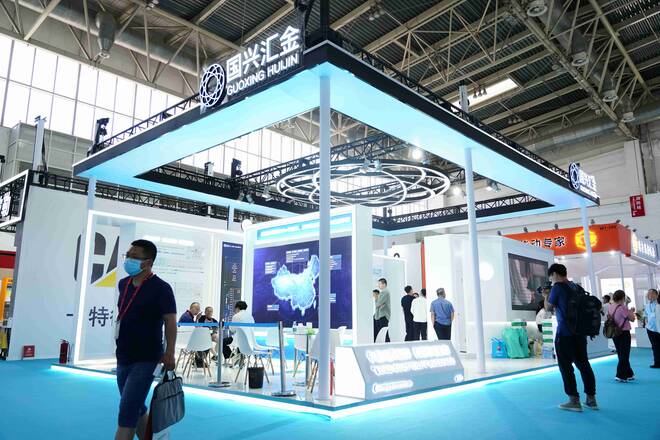
This operating well is a directional production well in the offshore YY oil reservoir. The well uses a two-string drilling design, with a maximum inclination angle of 55° and a final drilled depth of 3646 meters. The development layers consist of three geological formations, with a delta sedimentary type. The reservoir has a porosity of 14.6% and a permeability of 9 mD, indicating low porosity and low permeability. The reservoir exhibits strong interlayer and areal heterogeneity. The well employed hydraulic fracturing to enhance the reservoir, but the development results were poor.
After multistage fracturing, the initial production did not meet expectations, and the well's production declined rapidly during development. Under the commingled production method, it was difficult to clearly identify the main issues in the well's development.
Our company utilizes a permanent installation method to deploy optical cables and downhole tools to the target layer of individual wells. This setup enables the acquisition of distributed fiber optic sensing data under various operating conditions for single wells. Based on this data, we conducted distributed fiber optic sensing data interpretation, precisely characterizing the production profile distribution of the well. The well comprises three fractured production sections. The interpretation indicates that only one section contributes to the production of formation crude oil, while the other geological sections show negligible output.
The interpretation results of distributed fiber optic sensing revealed that the development layers of the single well exhibited poor reservoir utilization, with 60% of the well's production potential remaining untapped and insufficient reservoir energy supply. This led to low initial production rates and rapid production decline. By integrating static data from the well, a differentiated reservoir secondary fracturing strategy was proposed, targeting the well's development layers, particularly unutilized layers with high reservoir abundance. After secondary fracturing, the daily oil production of the well increased from 30 m³ to 66 m³, achieving a 120% production boost. The application of distributed fiber optic sensing technology demonstrated remarkable effectiveness.

